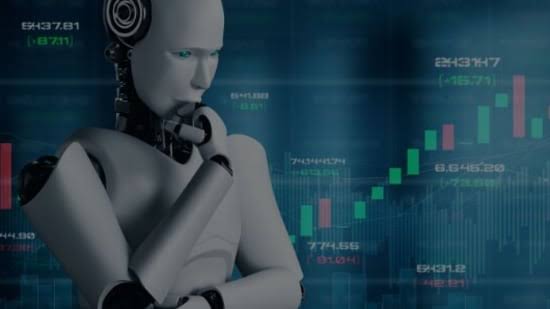In the fast-paced world of foreign exchange (Forex) trading, staying ahead of the curve is paramount. With markets influenced by myriad factors, from economic indicators to geopolitical events, traders are constantly seeking tools that can help them navigate the complexities of currency trading with precision and efficiency. In recent years, the integration of artificial intelligence (AI) into Forex robot design has emerged as a game-changer, offering the promise of enhanced decision-making, adaptive strategies, and improved performance. In this article, we explore the significance of implementing AI in Forex robot design and its implications for traders.
Artificial intelligence, a branch of computer science that simulates intelligent behavior in machines, has made significant strides in recent years, fueled by advances in machine learning, neural networks, and natural language processing. When applied to forex robot, AI enables automated systems to analyze vast amounts of data, identify patterns, and make informed decisions in real-time. This transformative capability has revolutionized the way Forex robots operate, unlocking new possibilities for traders seeking to capitalize on market opportunities.
One of the key advantages of implementing AI in Forex robot design is its ability to adapt to changing market conditions. Traditional trading algorithms are often based on predetermined rules and parameters, which may struggle to account for the dynamic nature of the Forex market. In contrast, AI-powered Forex robots can learn from historical data, monitor market trends in real-time, and adjust their strategies accordingly. This adaptive approach allows these automated systems to react quickly to shifting market dynamics and potentially capitalize on emerging opportunities.
Moreover, AI enables Forex robots to analyze complex datasets with speed and precision, uncovering insights and patterns that may not be apparent to human traders. By leveraging machine learning algorithms, these automated systems can identify correlations, anomalies, and trends in the market, providing a more nuanced understanding of currency movements. This analytical prowess empowers traders with valuable insights, enabling them to make more informed decisions and execute trades with greater confidence.
Another significant benefit of AI in Forex robot design is its potential to enhance risk management. By analyzing historical market data and simulating various trading scenarios, AI-powered systems can assess the potential risks and rewards of different trades with greater accuracy. Additionally, AI algorithms can identify patterns associated with market volatility or potential downturns, allowing Forex robots to adjust their strategies to minimize losses and preserve capital. This proactive approach to risk management can help traders navigate the inherently volatile Forex market with greater resilience.
Furthermore, the integration of AI enables Forex robots to incorporate advanced predictive analytics into their trading strategies. By analyzing large volumes of historical data and real-time market information, these automated systems can generate forecasts and predictions about future market movements with greater accuracy. This predictive capability empowers traders to anticipate market trends, identify potential opportunities, and position themselves accordingly. Whether it’s predicting currency trends based on economic indicators or forecasting the impact of geopolitical events, AI-equipped Forex robots offer traders a valuable tool for staying ahead of the curve.
However, despite the numerous benefits, implementing AI in Forex robot design is not without its challenges. One of the primary concerns is the need for robust data infrastructure and computational resources to support AI-driven algorithms. Analyzing vast amounts of data in real-time requires powerful hardware and sophisticated software capable of handling the computational demands of AI. Additionally, there is the risk of overfitting, where AI algorithms may become too reliant on historical data and fail to adapt to changing market conditions. To mitigate this risk, developers must employ rigorous validation techniques and incorporate mechanisms for ongoing optimization and refinement.
In conclusion, the implementation of artificial intelligence in Forex robot design represents a significant advancement in the field of algorithmic trading. By leveraging AI algorithms, these automated systems can adapt to changing market conditions, analyze complex datasets, enhance risk management, and make more accurate predictions about future market movements. While challenges remain in terms of data infrastructure, computational resources, and algorithmic refinement, the potential benefits of AI-powered Forex robots are undeniable. As technology continues to evolve, the role of AI in shaping the future of Forex trading is likely to grow, offering traders new opportunities to capitalize on market dynamics and achieve their investment goals.



